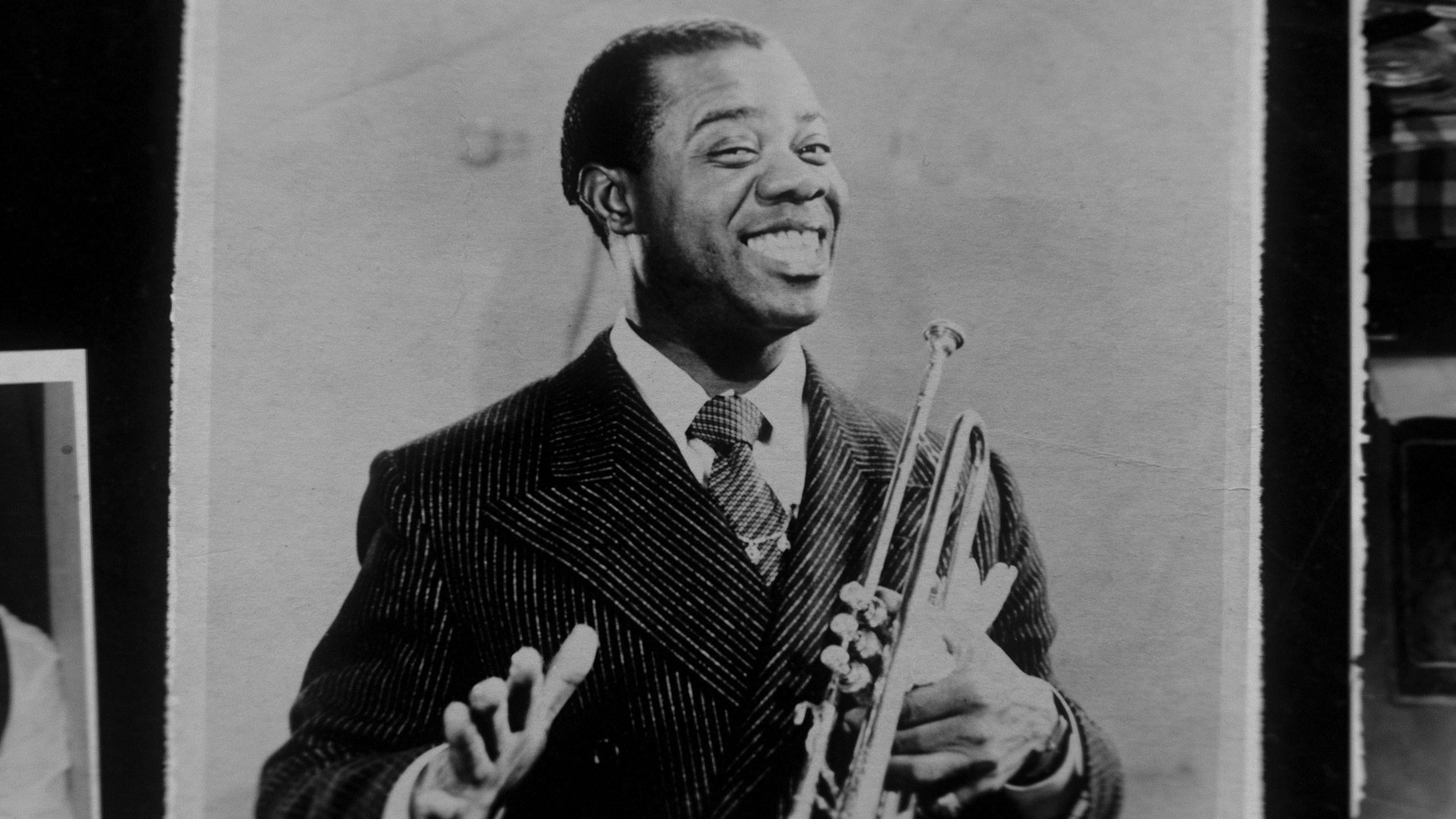We were in a pandemic when I first heard ‘What a Wonderful World’ for the first time. Amidst all the bad news, the lockdown, and the constant fear of death, this song reminded me that whatever happens in our life, we can always find beauty. Today I watched a documentary on the song’s creator, Louis Armstrong, called Louis Armstrong’s Black & Blues. And after watching this extraordinary man’s life story, I realized that at a very troubled phase of my life, no matter what difficulties come, I just smile back at them and move forward.
This extraordinary jazz musician’s life story may not be portrayed in the best way possible, but the documentary has all the merits to get us to know the genius of Louis Armstrong. Released on Apple TV, this article is intended to discuss the documentary in detail, so be aware there will be spoilers.
Louis Armstrong’s Black & Blues: The Overall Story
Louis Armstrong, also known as ‘Pops,’ ‘Satch,’ or ‘Satchmo,’ was an American trumpeter and vocalist. He was one of the most influential figures in jazz music with a career spanning five decades, covering several eras of jazz history.
This documentary examines his life and career from childhood till his death in 1971. First, it focuses on his poverty-stricken childhood, where he got mixed up with thugs and got arrested for firing his stepfather’s gun one day. He was then put into an orphanage, where he eventually found his passion for playing the trumpet.
Then, the documentary portrays his humble beginnings as a trumpeter in the Joe’ King’ Oliver band. Slowly, Joe became his father figure. At his bar, Louis met with his second wife, Lil Hardin, a jazz pianist. Harden was so impressed by Louis’ playing that she suggested he came out of King Oliver’s shadow. Louis took the suggestion and soon became a new sensation in the jazz music scene.
Despite being considered one of the genre’s geniuses, he faced discrimination and segregation for being a man of color. But he never overtly opposed this politically and kept playing and singing with a smile. The other important figures of the black community were quite dissatisfied with this gesture by Louis. They found it offensive as it was a submission to the white racists. Though he never publicly expressed any concerns about it, Louis was saddened by these incidents (the documentary explores that part also).
The documentary ends with Louis’s death from heart and kidney ailments at 71. But though he went off from this world, his music still lives on in millions of fans’ hearts to this date.
Louis Armstrong’s Black & Blues: The Discrimination of Black People and Louis

During his life, Louis Armstrong noticed how racism devoured the ideals of the democracy of the United States of America. He lived in a segregated black neighborhood in New Orleans in his childhood. Also, he heard stories about black people getting lynchings from his mother. He saw some things in his childhood too. But he always tried to maintain the brotherhood between the white and people of color. In an interview with Dick Cavett (the footage also contained in this documentary), he reminisced about his childhood when he played with white folks’ Cowboys and Indians’ (where he jokingly stated that the black folks always played the Indians).
This sense of brotherhood always stayed with Louis. Even when he became established, he always maintained a good relationship with his fellow white musicians and fans. He often shared the stage with fellow white musicians (significantly, he had a special friendship with trombonist Jack Teagarden).
But as the political climate heated up during the civil rights movement, he didn’t get quiet. Though he took an overall silent stance on the whole matter of civil rights, he was vocal, particularly against the actions of racial segregation by then Governor of Arkansas Orval Faubus in 1957.
He was not an overtly political person on that matter. For this, he also faced backlash from the political activists in his community. For them, he was too soft and humble and not political. But from his wife’s statement, he was quite political in his thinking though he didn’t feel comfortable talking about politics in public.
Louis Armstrong could unite the two races with the beautiful notes coming out of his trumpet. Maybe metaphorically, that’s why director Sacha Jenkins gives the name of the documentary ‘Black and Blues.’
Concluding Thoughts:
Louis Armstrong is one of the icons of jazz music. His life story is intriguing and exciting in every way. So, when I sat down to watch this documentary, I hoped to know many exciting aspects of his life. I want to talk about one interesting moment that significantly affected me.
In one scene, Samuel Davies Jr. talks about an encounter with Louis where he had seen him alone in his dressing room, so sad that nobody could ever imagine. But when Louis realized that Samuel Davies Jr. was watching, he put his famous grin on his face.
As I mentioned earlier, Louis was quite detested by the black activists for being modest and humble towards white discrimination. So, perhaps he was distraught by this kind of gesture. But he never put any grievances out of it. He always put it into his heart. He always tried to put a smile on himself and onto others with the great music he composed. . He had difficulties being accepted by both people from the white and black communities. But he always managed to move forward, ultimately making millions of fans out of every race and culture with his music.







